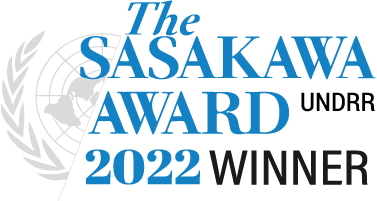Finest resolution exposure estimates
Estimates population and capital exposure with precision down to a 30 x 30 meter radius. Uses multiple data sources to perform estimates including Facebook, WorldPop, Global Exposure (GAR), and more.
Estimates by sector / age demographic
Provides exposure estimates with breakdowns by sector and age group. Includes estimates for schools and hospitals and age breakdowns in 5-year increments for vulnerable populations.
Global coverage for any type of hazard
Allows for the estimation of any hazard, anywhere in the world that has an associated polygon, including data-poor environments.
Questions AIM can help you answer:
What is the demographic makeup of the exposed population (e.g. children, elderly, adults)?
Quickly estimate potential impacts and needs
AIM feeds PDC’s DisasterAWARE system, our automated products, and specialized partner products. It is also provides the data for PDC’s new Event Brief.
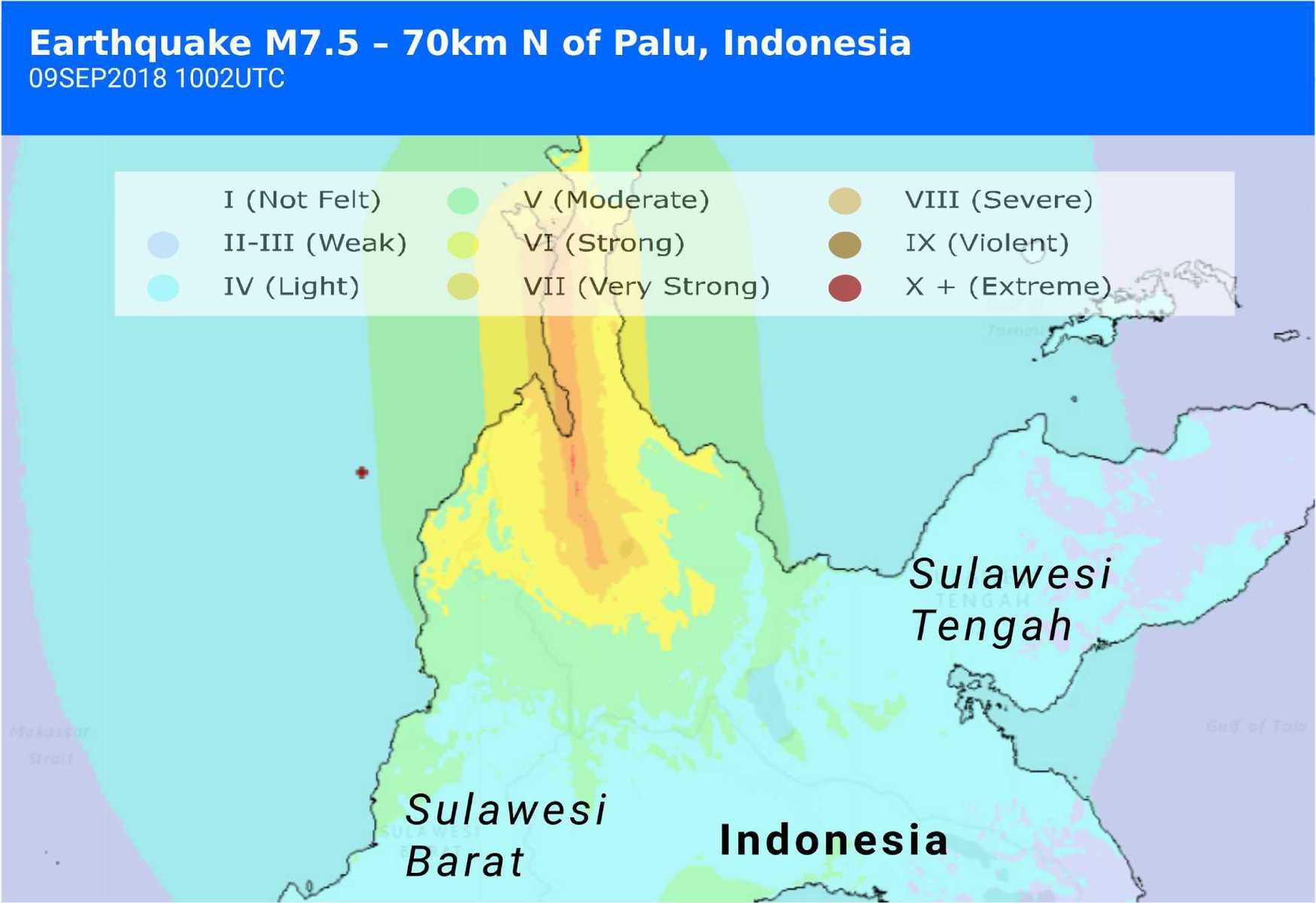
MAXIMUM POTENTIAL POPULATION EXPOSURE
 1.3 Million
1.3 Million
people exposed to shaking intensity of VI (Strong) and above
TOTAL CAPITAL EXPOSURE
12.1 Billion
27
hospitals exposed
207
Schools exposed
BREAKDOWN OF POTENTIAL NEEDS
15-64 yrs
children
<15 yrs
>64 yrs
4.1 Billion
sq meters of shelter
5 Million
liters of water
48,000
kcals per day
6 Million
100-liter waste bins
Who uses AIM products and capabilities in DisasterAWARE?
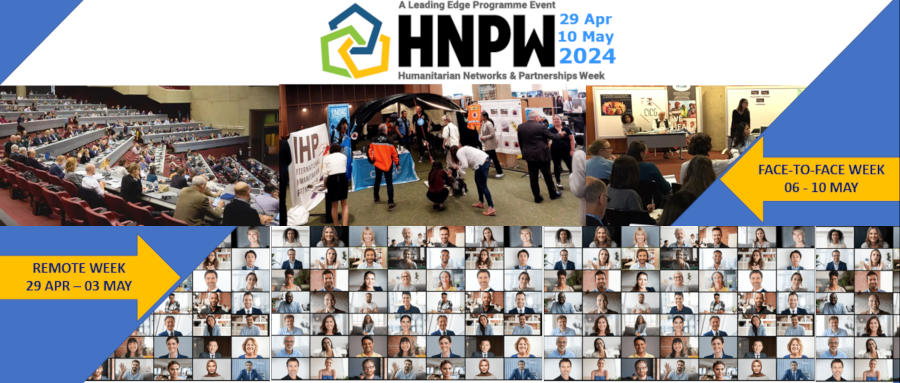
PDC to unveil newest innovations at United Nations HNPW forum
Geneva, Switzerland—During the week of May 6-10, 2024, participants at the U.N. Humanitarian Networks and Partnerships Weeks (HNPW) forum in Geneva, Switzerland will get a firsthand look at how PDC is spearheading transformative efforts within the “Early Warnings for...

PDC and Sunway University to partner on first Planetary Health Assessment
The University of Hawai’i’s Pacific Disaster Center (PDC) and Sunway Center for Planetary Health join forces to combat the impacts of the planetary health crisis Kuala Lumpur, Malaysia—During the recent 2024 Planetary Health Summit and 6th Annual Meeting which took...
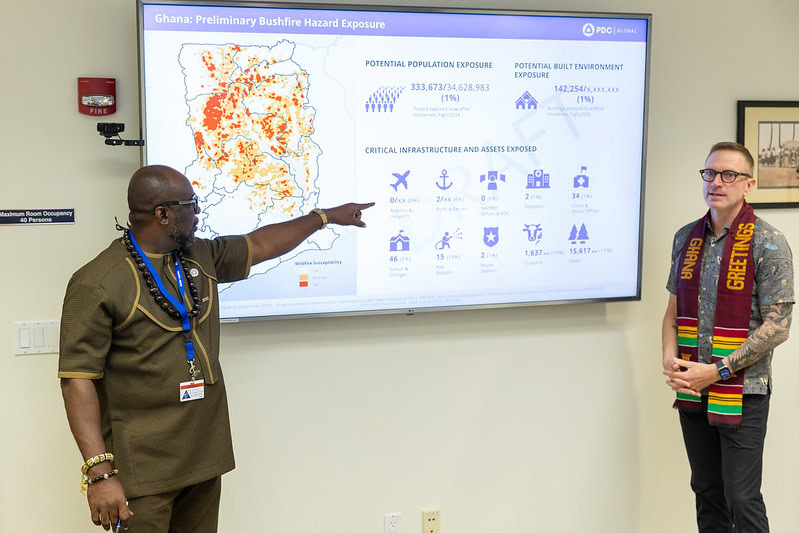
Bilateral exchange between Maui and Ghana addresses increasing climate and disaster risks
Kihei, Hawaii–The Pacific Disaster Center (PDC), a University of Hawaiʻi applied science and research center based in Maui, hosted a bilateral exchange with a delegation of nine disaster management experts from the country of Ghana, representing the National Disaster...
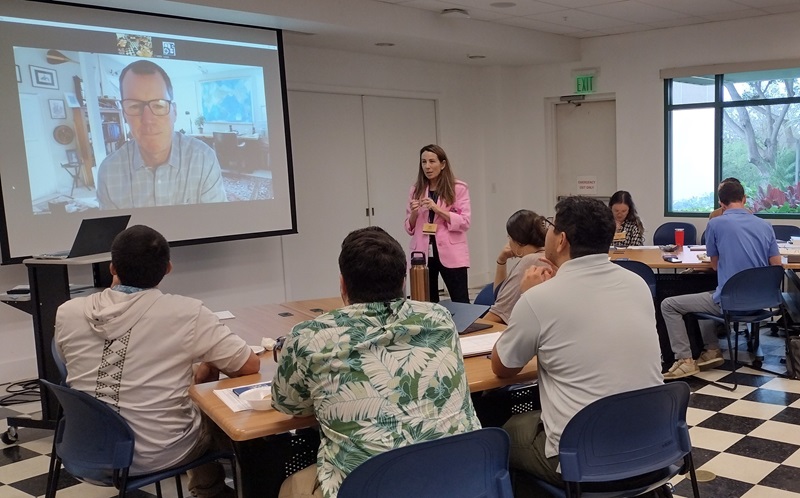
PDC helps mentor Ka Ipu Kukui Fellows in planning for a resilient Maui
Sixteen fellows of the 2024 Ka Ipu Kukui cohort recently came together to address the challenge of building resilience for Maui County. Presented by Maui Economic Development Board (MEDB), the annual Project Weekend was renamed Project Maui Nui to reflect its focus...
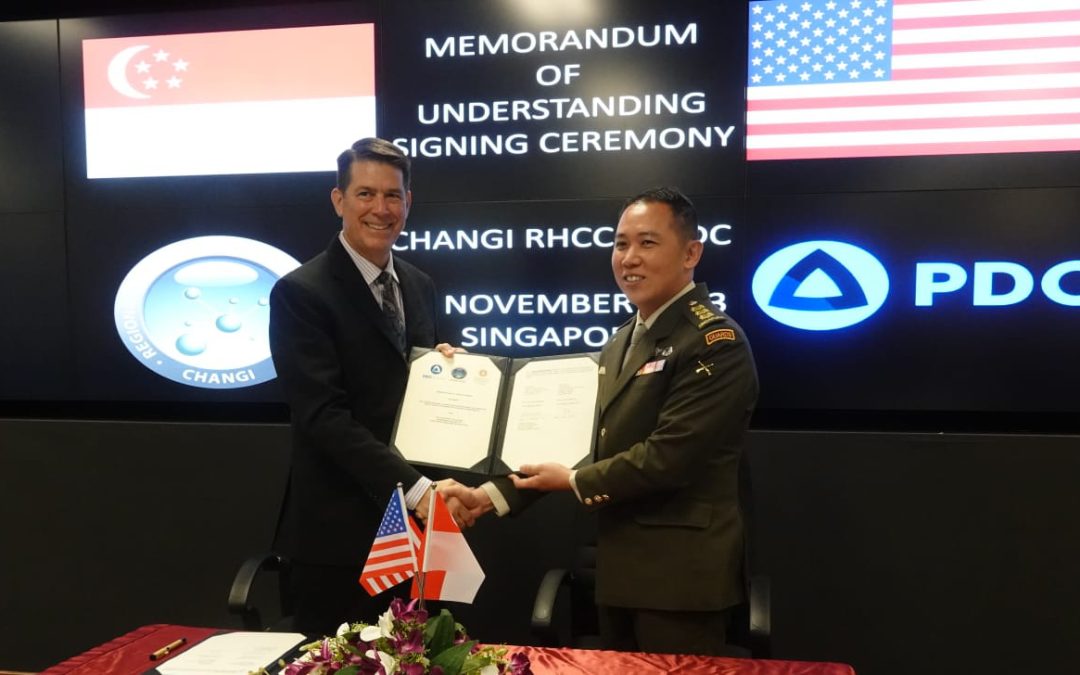
Singapore strengthens humanitarian assistance and disaster relief partnership with PDC
Singapore’s Changi Regional Humanitarian Assistance and Disaster Relief (HADR) Coordination Centre (RHCC) and Pacific Disaster Center (PDC) have just announced a renewed agreement of their longtime cooperation on humanitarian assistance and disaster relief...
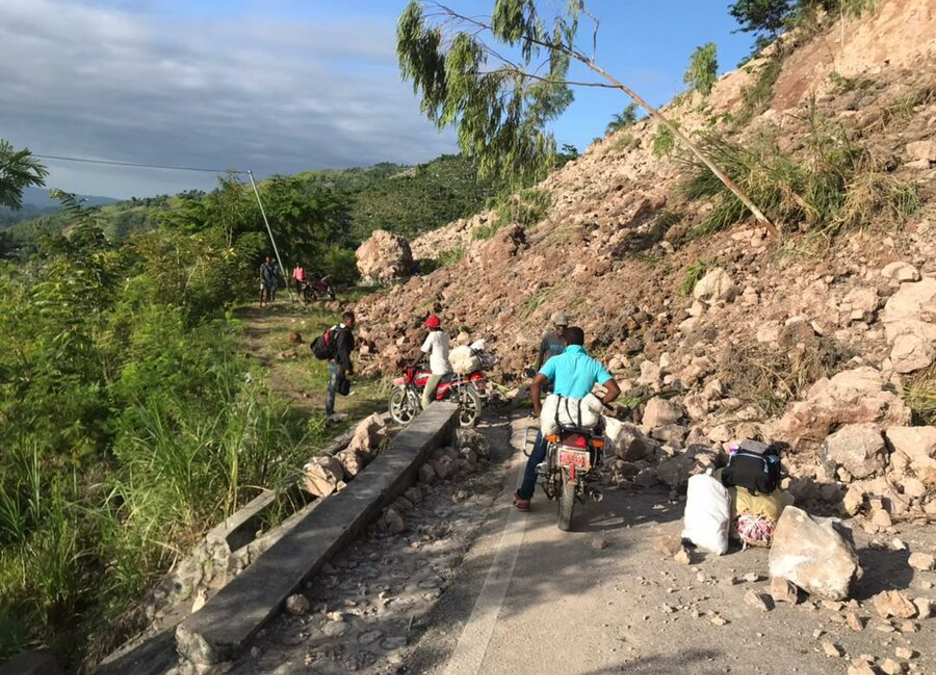
NASA, Pacific Disaster Center release new landslide hazard alerting capability
Communities worldwide now have access to a powerful tool to increase their awareness of landslide hazards, thanks to NASA and the Pacific Disaster Center After years of development and testing, NASA’s Landslide Hazard Assessment for Situational Awareness model (LHASA)...
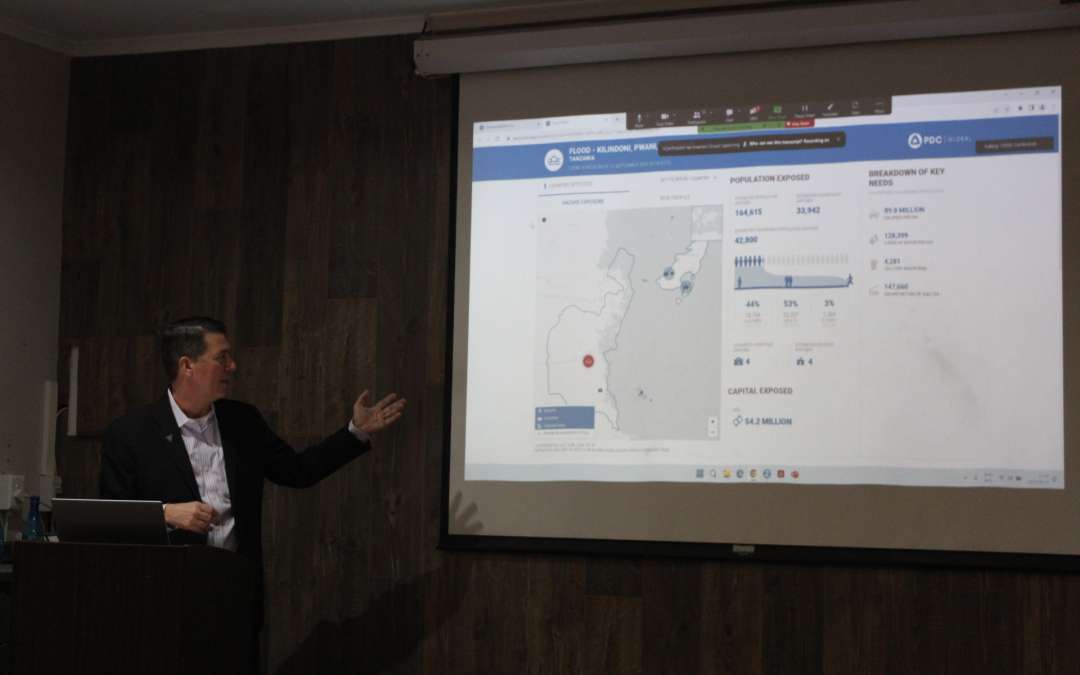
PDC showcases NASA global flood and landslide hazards partnerships at TIEMS 2023
Port Alfred, South Africa—At the invitation of The International Emergency Management Society (TIEMS), PDC Deputy Executive Director Chris Chiesa presented results of the PDC-NASA collaboration at TIEMS 2023, the 30th annual meeting of the organization. Hosted by...
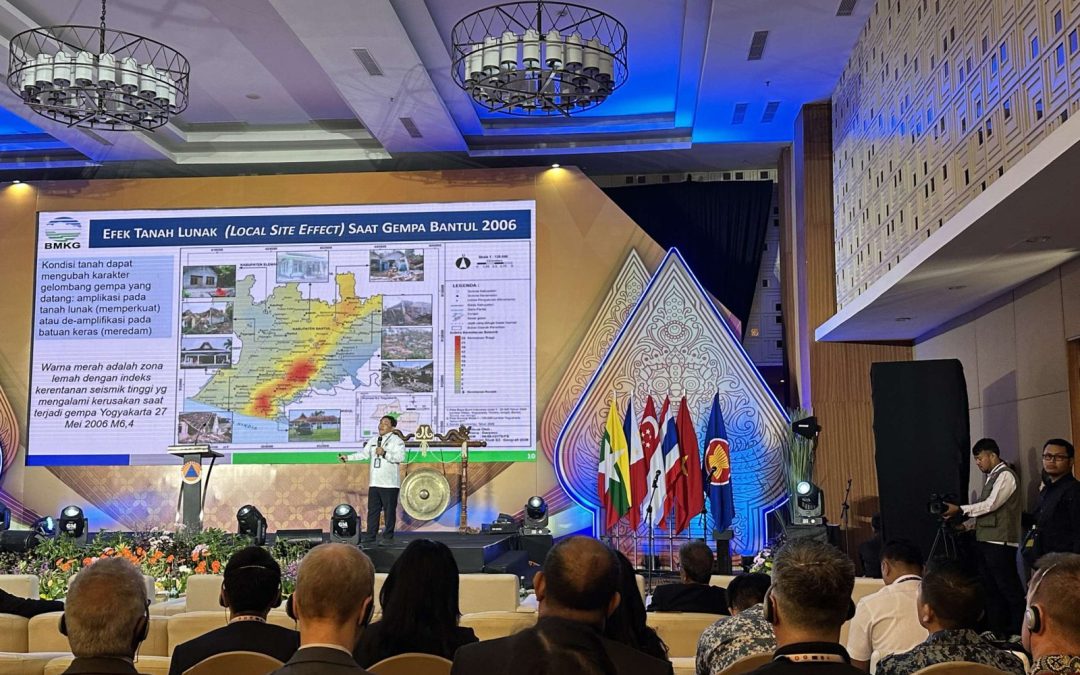
PDC participates in ARDEX, ASEAN’s multinational disaster simulation exercise
Yogyakarta, Indonesia—The University of Hawaii’s Pacific Disaster Center joined the Association of Southeast Asian Nations (ASEAN) during a full-scale, multinational exercise from August 1-4. The exercise, held every other year, is a full-scale simulation to test,...
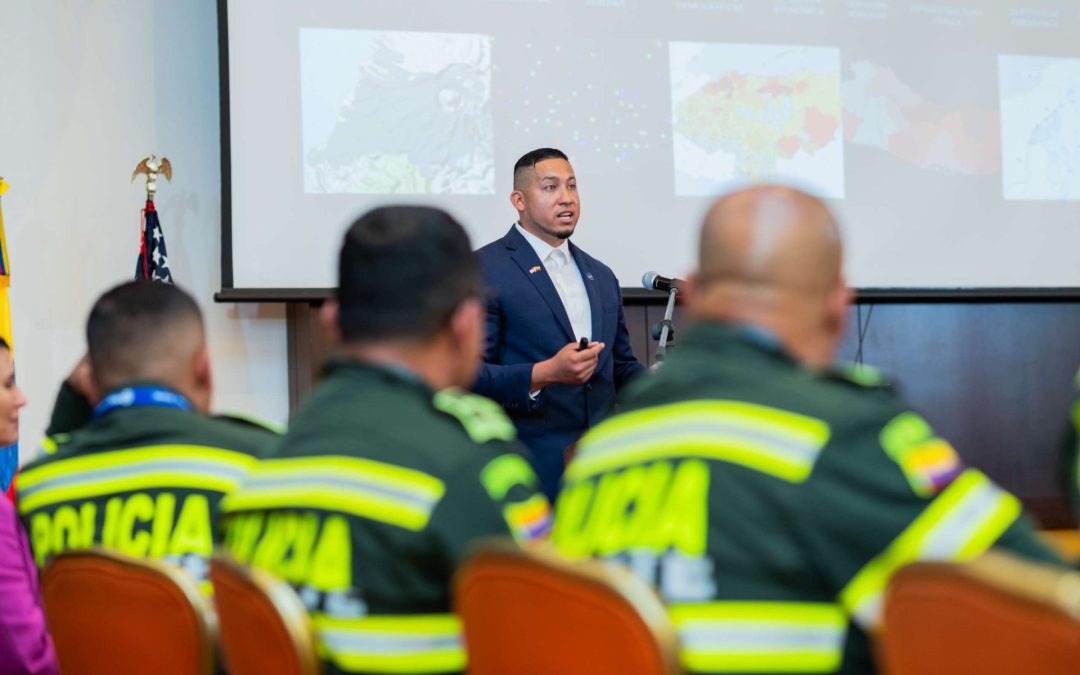
Colombia kicks-off new disaster risk reduction effort as El Niño takes hold
Bogotá, Colombia — Colombia’s national disaster management organization, Unidad Nacional para la Gestión del Riesgo de Desastres (UNGRD), has just announced a new forward-leaning disaster risk reduction (DRR) initiative to help deal with the nation’s significant...
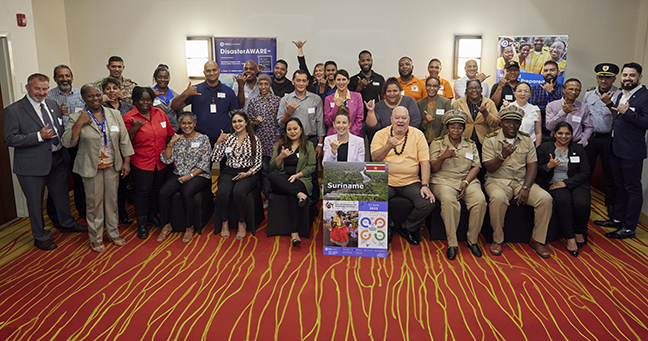
Suriname initiative to further disaster risk reduction and climate resilience
Paramaribo, Suriname—Suriname is taking new initiatives to further its commitment to achieving the Sustainable Development Goals, implementing the Paris Agreement, and reducing disaster risks. A small country on the northern coast of South America, Suriname initiated...
Want to learn more or speak with one of our team?
